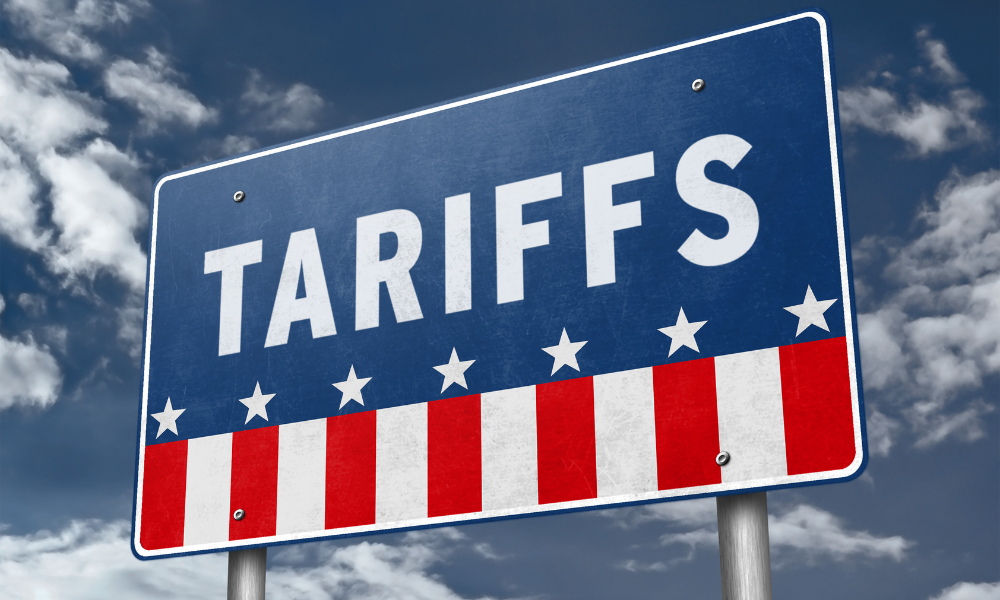Lifecos set to face muted fund flows, lower growth in seg fund sales, and slower growth in premiums, says report

A new report from DBRS Morningstar suggests Canada’s life insurance companies could be in for some challenges in 2023.
The company has a stable outlook for the Canadian life insurance sector, with rising interest rates being a welcome development for insurers that mostly invest in fixed-income instruments.
But after a few years of rising assets under management and administration (AUMA) fueled by favourable net flows and rising markets, it noted that most insurers experienced a slowdown in net flows and a drop in AUMA in 2022, except for those that underwent acquisitions such as Great-West Life.
“Growth in AUMA is expected to remain muted in 2023 as long as market volatility continues and high inflation persists,” DBRS Morningstar said.
With investors’ purchasing power dented by inflation, the investment management arms of life insurance companies could expect less discretionary cash going into the fund options they offer customers. That’s in stark contrast to the previous two years when household savings reached all-time highs during the pandemic, and the previous five years of typically growing markets.
“In the current higher-yield environment, investors are also increasingly choosing lower-fee options such as GICs to invest in,” the report said. “Similarly, sales of segregated funds may also see lower growth as a result of a challenging market environment for investment funds in general.”
Following generally good growth in gross written premiums from 2018 to 2021 – which reflect a relatively stable economy and good operating capabilities – DBRS Morningstar said premium growth for the first nine months of 2022 generally slowed down year-over-year for most life insurance companies.
While many P&C insurance products like home and vehicle insurance are required purchases, life insurance products are more prone to fluctuate with general economic growth and the strength of household balance sheets. Even though inflation is predicted to fall in 2023, the rate is still likely to remain elevated, which might result in consumers having less purchasing power to accommodate discretionary purchases.
“Demand for nonguaranteed or market-linked products in particular may be more vulnerable in 2023 as investors seek more certainty in their financial returns,” the report said. “Conversely, demand for certain annuity products can increase as the payouts offered can be higher in a higher-yield environment.”
DBRS Morningstar indicated that sales of group insurance products, which often closely track with overall GDP growth, could be supported by the robust labour market, though that “can change depending on the length and severity of a potential recession.”



